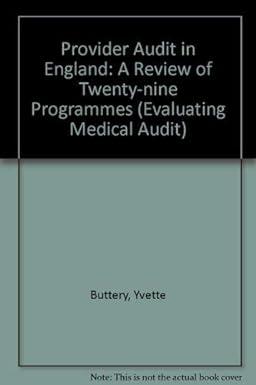Swifty Co, sells $414,000 of 12% bonds on June 1,2025 . The bonds pay interest on December 1 and June 1 . The due date of the bonds is June 1, 2029. The bonds yield 10\%. On October 1,2026. Swifty bury back $136,620 worth of bonds for $143,620 (includes accrued interest). Give entries through December 1,2027. Prepare a bond amortization schedule using the effective-interest method for discount and premium amortization. Amortize premium or discount on interest dates and at year-end. (Round answers to 0 decimal places, es. 38,548.) Prepare all of the relevant journal entries from the time of sale until December 31, 2027. (Assume that no reversing entries were made.) (Round present value foctor calculations to 5 decimal places, es. 1.25124 and the final answers to 0 decimal places, es. 58,971. Record entries in the order displayed in the problem statement. If no entry is required, select "No Entry" for the account titles and enter O for the amounts. Credit account titles are automatically indented when the amount is entered. Do not indent manually. Ust all debit entries before credit entries. Swifty Co, sells $414,000 of 12% bonds on June 1,2025 . The bonds pay interest on December 1 and June 1 . The due date of the bonds is June 1, 2029. The bonds yield 10\%. On October 1,2026. Swifty bury back $136,620 worth of bonds for $143,620 (includes accrued interest). Give entries through December 1,2027. Prepare a bond amortization schedule using the effective-interest method for discount and premium amortization. Amortize premium or discount on interest dates and at year-end. (Round answers to 0 decimal places, es. 38,548.) Prepare all of the relevant journal entries from the time of sale until December 31, 2027. (Assume that no reversing entries were made.) (Round present value foctor calculations to 5 decimal places, es. 1.25124 and the final answers to 0 decimal places, es. 58,971. Record entries in the order displayed in the problem statement. If no entry is required, select "No Entry" for the account titles and enter O for the amounts. Credit account titles are automatically indented when the amount is entered. Do not indent manually. Ust all debit entries before credit entries








